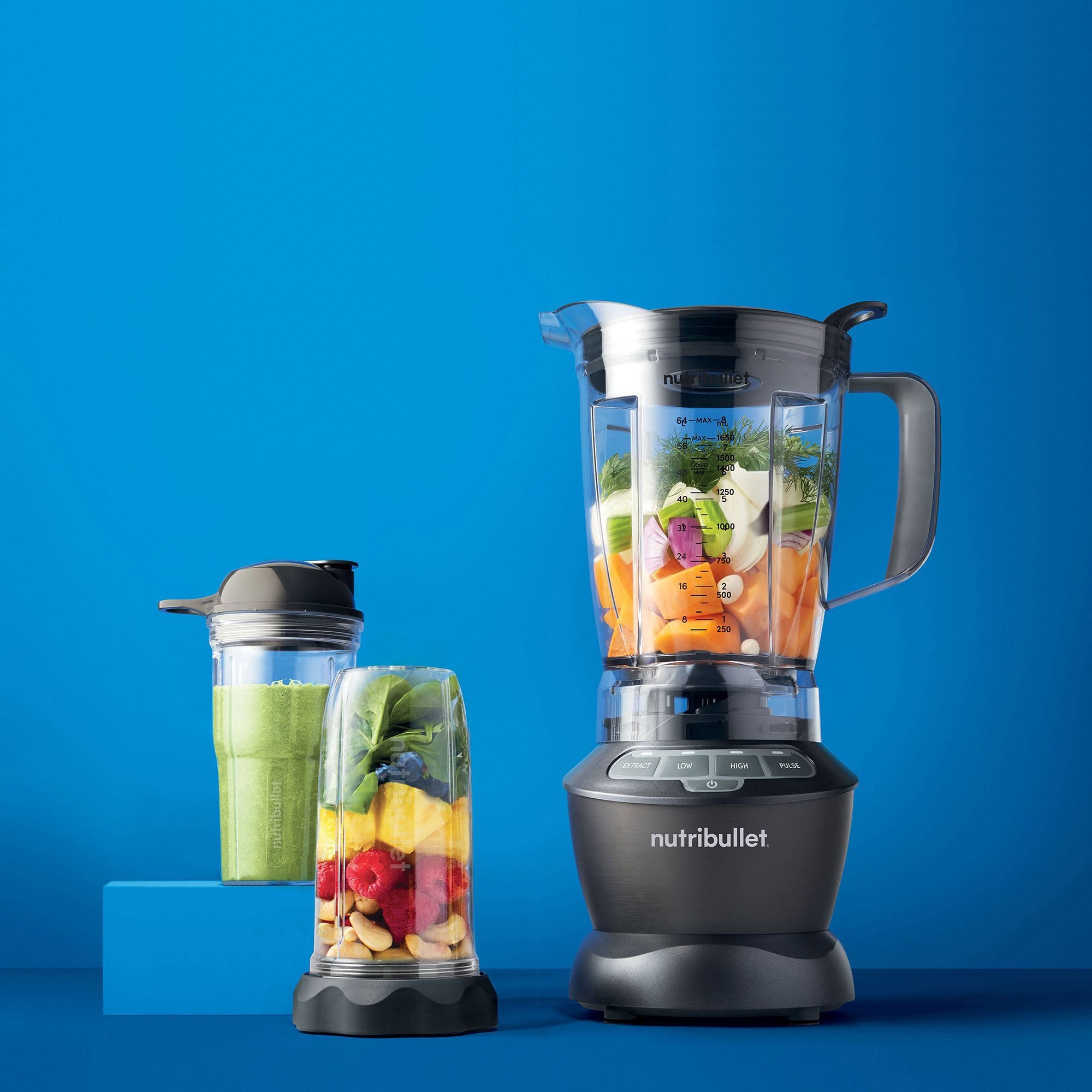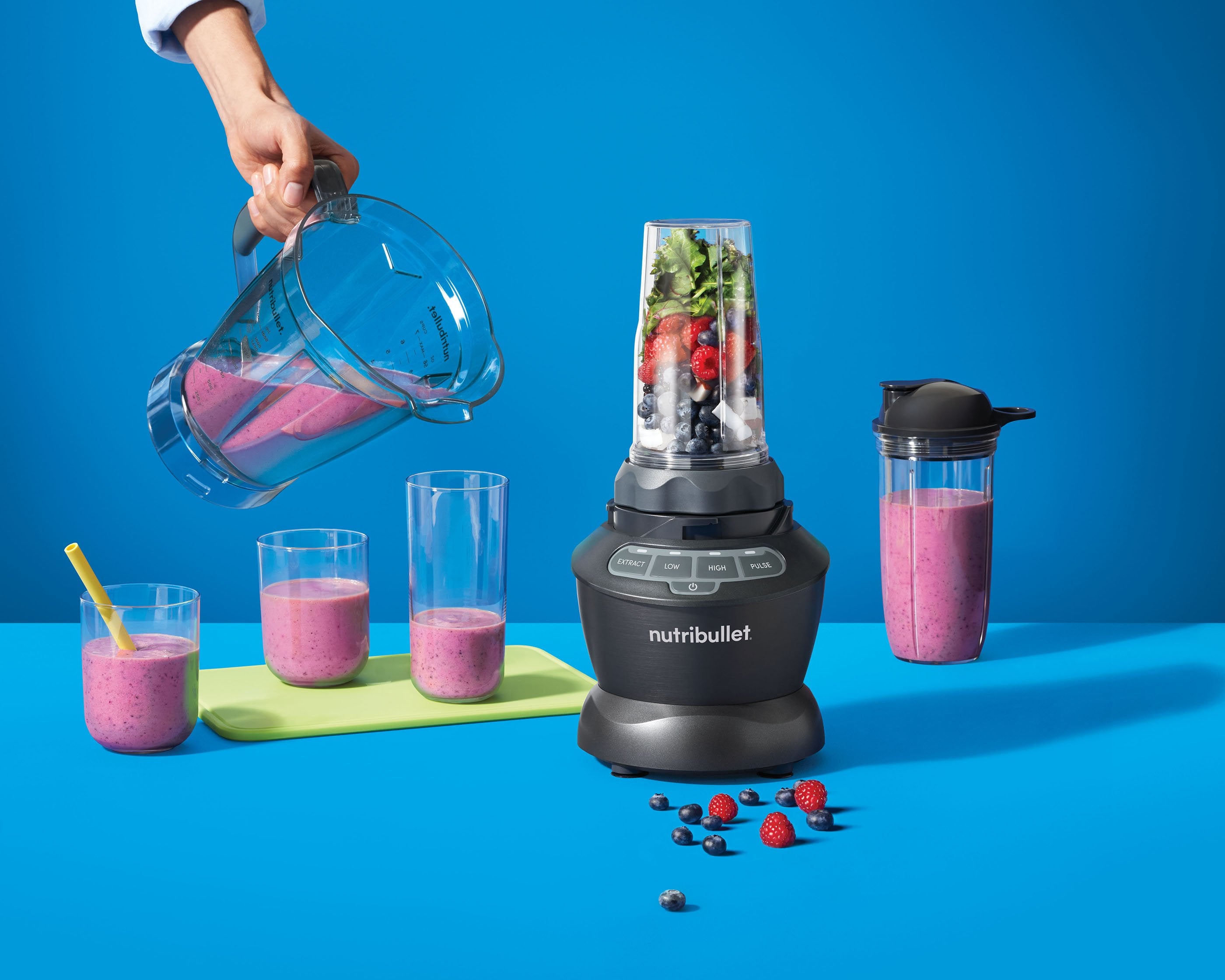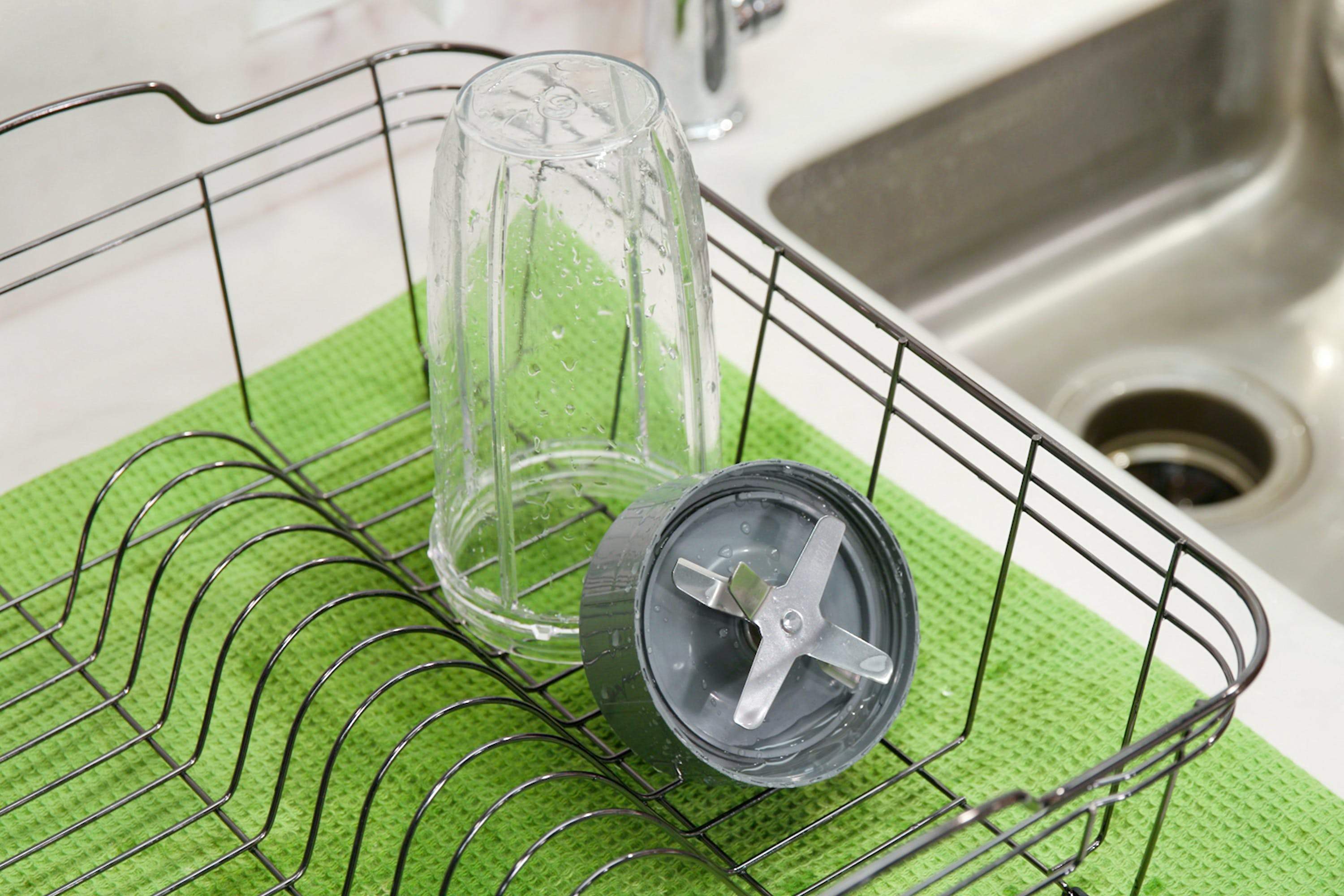As a marathon runner and a fitness enthusiast, I have filled my body with sugar in an attempt to improve my endurance. From dates and molasses to gels and shot blocks, I have tried them all. These fuel sources gave me energy at the moment, but they left me with terrible digestive issues hours after my workout was finished. I hated that feeling and the cycle of exercising, fueling and being bent over in pain after a workout. I started researching better ways to fuel my body, utilizing stored fat and going a little less crazy on the sugar. I have yet to try these techniques in an endurance setting, but in the daily 45 to 90 minute workouts, they work pretty well.
Avoid Sugar Before a Workout
Using energy gels, like GU, and dried fruits as pre-workout fuel when they’re not needed can feed the bad bacteria in the gut, which can lead to bacterial overgrowth. Overgrowth of bad bacteria or a yeast imbalance cause the body to crave more sugar and result in excess gas and bloating. Being mindful of what you eat before a workout and focusing on a cleaner, a healthier diet can improve your endurance and support the health of your digestive tract.
Complete a Morning Workout Fasted or with Some Fat
I used to be totally against doing any type of workout fasted, but then I realized that I was able to push harder in the morning when I didn’t eat beforehand. If I was feeling really tired, I would drink green tea with coconut oil before the workout for a boost of energy. When you wake up, your body is in a fasted state and has used up its glycogen stores, or stored energy and sugar. If you work out first thing in the morning, you can extend your fast by drinking a warm beverage with a little added fat. Since your body has already accessed the “fat as energy” pathways, you are primed and ready to continue burning fat. Make sure to eat a higher protein, fat, and veggie-packed meal with a small number of complex carbs after your workout to refuel.
Have a Good Pre-Workout Food
I typically like to eat a pre-workout snack about one to one and a half hours before a workout if I know I’m going to an intense class. This gives your body enough time to break down the macronutrients in your food and use them for fuel. A balanced snack also helps stabilize insulin levels and keep hunger hormones turned off. Keeping blood sugar balanced ensures that you make the right food choices. Some good foods before a workout include half an RX bar, homemade fat balls, a cup of berries, olives, apple with almond butter, jerky with no added sugar, or a small smoothie.
Post-Workout Food Should Focus on Promoting Digestive Health
I prefer to eat a full meal after a workout. By doing so, I’m giving my body everything it needs in the important window of recovery, which is about 30 to 45 minutes after a workout. If you’re having digestive issues, focus on cooked vegetables, protein, high-quality fat and complex carbs like sweet potatoes, quinoa, amaranth, and teff. Adding in digestive enzymes before meals can also help your body break down your food and aid in recovery. If you’re making a smoothie as a post-workout meal or recovery formula, make sure to add in collagen and L-glutamine, two healing-gut foods!
These tips are here to help you break the sugar addiction cycle, especially when you have an active lifestyle. If your body doesn’t need the excess carbs or sugar, then give it what it wants. Also, focus on increasing your intake of healthy fats by eating foods like avocado, olive oil, walnuts, MCT oil, chia seeds, nut butter, flax seeds, olives, coconut oil, and hemp seeds. By following these tips, you can still kick butt in your workout without compromising your digestion!
Nutritional information
Recipe: Creamy Green Strawberry Dream Serving in this recipe:1
- Calories: 236.6
- Total Fat: 3.6 g 5.5%
- Saturated Fat: 0.4 g 1.9%
- Cholesterol: 0 mg 0%
- Sodium: 358.7 mg 14.9%
- Total Carbs: 45.7 g 15.2%
- Dietary Fiber: 9.9 g 39.4%
- Sugar: 22.1 g
- Protein: 8.1 g 16.2%
- Vitamin A: 481.9% Vitamin C: 244.1%
- Calcium: 68.5% Iron: 26.1%
* Percent Daily Values are based on a 2,000 calorie diet. Your daily values may be higher or lower depending on your calorie needs.





















